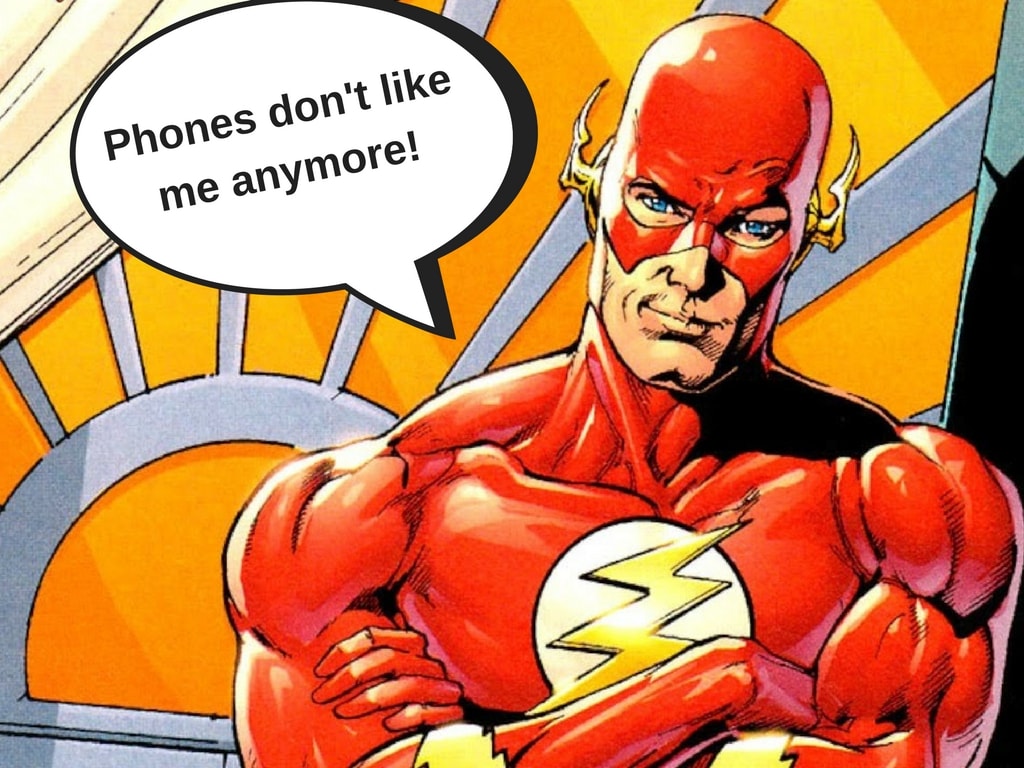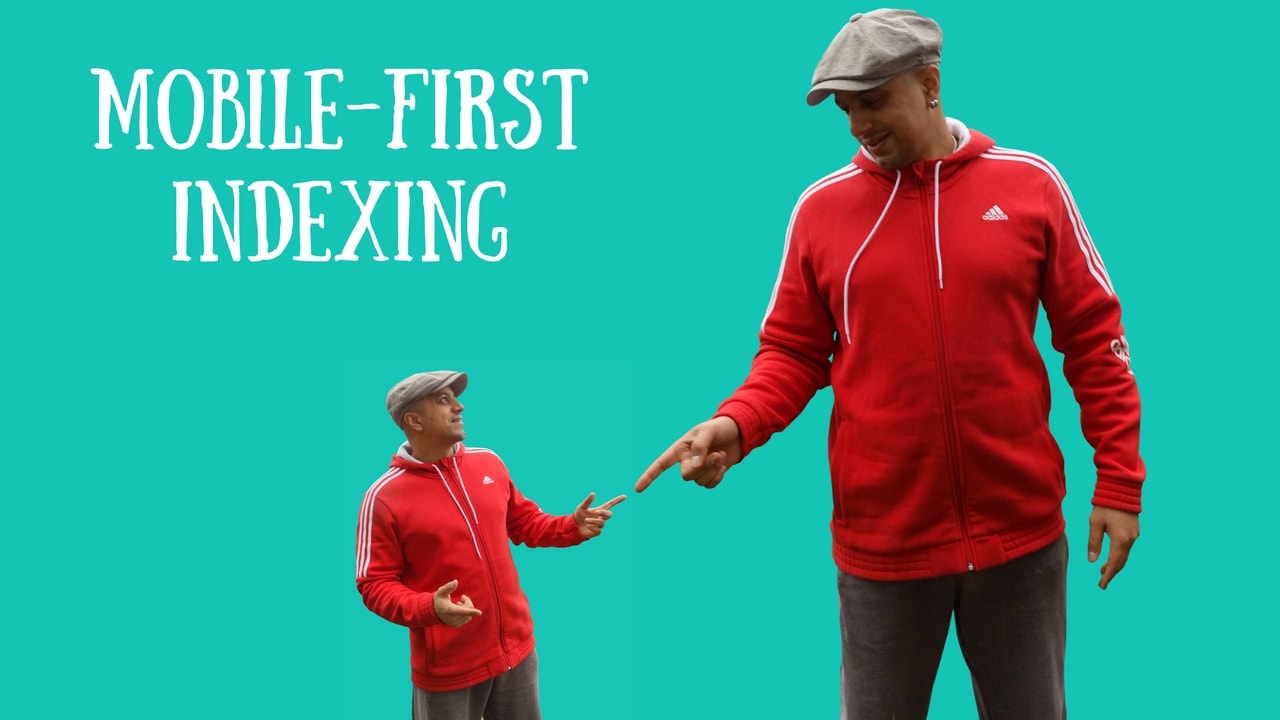Mobile-first indexing does exactly what it says on the tin! In short: the mobile version of your website becomes the starting point for what Google includes in their index.
The interesting part is – and the part that many people don’t understand and freak about – that it’s not a “mobile only” index and if for whatever reason you don’t have a mobile-friendly version of your website in 2018, your desktop site would still be included in the index.
Needless to say, without a mobile-friendly version you are not going to rank well.
A good starting point to understand the Mobile-first indexing is this blog https://webmasters.googleblog.com/2016/11/mobile-first-indexing.html by Google or this blog https://www.oncrawl.com/oncrawl-seo-thoughts/get-ready-google-mobile-first-index/ by Emma Labrador and OnCrawl.
As usual, we have to continue to experiment with our websites and observer the SERPs closely in order to fully understand this new way of ranking websites.
Best practices for mobile-first indexing
- If for whatever reason your website has a separate desktop and mobile version make sure you follow the technical guidelines below to prepare for mobile-first indexing:
- It is absolutely necessary that your mobile site contains the same content as your desktop site.
If in the past your mobile site had less content than your desktop site, you should make sure that your mobile site primary content is equivalent to your desktop site. - When it comes to structured data make sure it is present in both versions of your site. It is absolutely necessary that URLs in the structured data on the mobile versions are updated to the mobile URLs.
- Metadata should be present and exactly the same on both versions of your website. Make sure that titles and meta descriptions are identical on both versions of your website.
- Make sure you have the correct rel=canonical and rel=alternate link elements between your mobile and desktop versions in order to help the GoogleBot understand separate mobile URLs.
Top 5 technical SEO mobile-first indexing tips
Build a responsive website as soon as possible.
Switching to a single responsive site means consolidation of effort and therefore a more efficient use of resource and consistency of offering.
Flash is a total no-no.
You have to understand that the mobile Googlebot is crawling as a mobile visitors so it would see any issues with flash installation requests as a human visitor would and will realize Flash cannot be installed as mobile devices do not support Flash.

Google will treat all content on mobile equally – hidden or not.
In a mobile-first SEO landscape, the best way to present our content is changing and it makes a lot of sense to have hidden content in order to create a better mobile experience. Talking about content placement make sure that key messages are highly visible and above the traditional fold.
Mobile page load speed is a significant factor in the mobile user experience.
Not just that but page speed is a ranking factor in mobile search.
Google knows that nobody wants to be waiting for an age whilst pages load, eating up their mobile data.
I don’t even have to tell you that the best way to understand how quickly your site loads, what kind of mobile experience it offers you your users and most of all what you can do to improve this is to use Google’s own Mobile Speed and Usability tool.
It is not necessary anymore to block CSS, JavaScript, or images.
I remember when mobile design first burst onto the scene, it was absolutely obligatory to block certain resources including CSS, JavaScript, and images as some of these elements were often leading to slow loading as well as display issues. So it actually made a lot of sense to hide them from the GoogleBot on mobile.
Today, however, smartphones are in many cases more powerful than the computers owned by users. They have faster processors, more memory, and more capacity to deal with anything we throw at them.
On the other side, nowadays the Google’s mobile Bot can also handle all of these elements. So if the GoogleBot can handle it, make sure you show it everything. That way, Google can properly categorize your website content and rank it appropriately.
Conclusion
I’ve said it many times before but I would say it again: creating a mobile-first experience for your customers is more important now than ever before.
If you haven’t realised it before your best bet is a responsive site. A responsive website approach would take care of both the desktop and mobile user experiences in a single move.
Last but not least focus on quality. Google is still prioritising indexing great content first. Even though the new mobile-first algorithm will prioritize for mobile devices, don’t forget that quality should not suffer just because you are trying to appeal to your mobile customers.


Leave a Reply